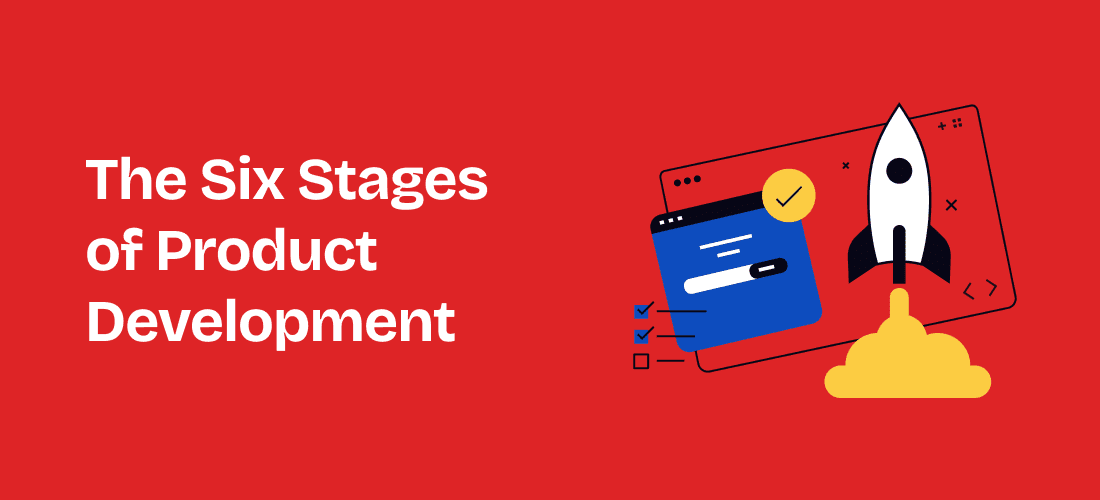The journey from concept to market-ready product involves multiple stages, each with challenges and opportunities. Understanding these stages is crucial for businesses seeking to develop successful products that meet market needs, stand out from the competition, and drive growth. Product design and development can be broadly divided into six stages.
In this blog, we’ll delve into the six stages of product development: Ideation, Research and Planning, Design, Prototyping, Development, and Launch. We’ll explore the importance of each stage, the key activities involved, and how to navigate the challenges that may arise.
What is Product Development?
Product development is the process of bringing a new product from an initial idea to a market-ready solution. It involves strategic and operational steps, each critical to the product’s overall success. Whether launching a new product, improving an existing one, or entering a new market, understanding the product development process is essential for achieving your business objectives.
Effective product design and development are at the heart of this process. It ensures that the product meets the target market’s needs and aligns with the company’s brand, values, and long-term goals. By following a structured approach to product development, businesses can mitigate risks, optimize resources, and increase the likelihood of success in the marketplace.
Stage 1: Ideation
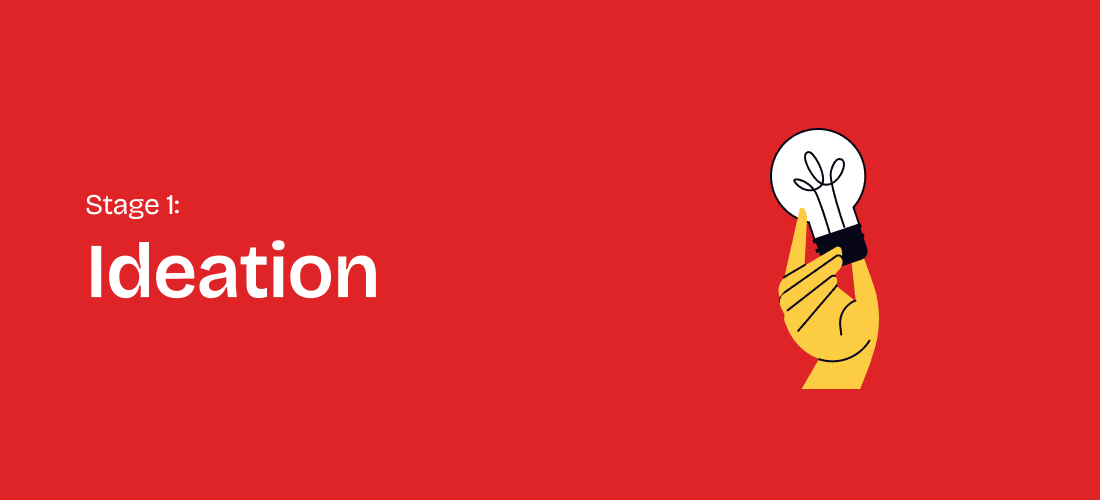
The first stage of product development is ideation, where new product ideas are generated, brainstormed, and evaluated. This stage is the foundation of the entire product development process, as it sets the direction for all subsequent stages.
Key Activities:
- Idea Generation: Brainstorming sessions, workshops, and creative thinking exercises are used to generate a wide range of product ideas. These ideas can come from various sources, including market trends, customer feedback, competitor analysis, and internal innovation initiatives.
- Concept Development: Once a pool of ideas has been generated, the next step is to develop these ideas into more detailed concepts. This involves outlining the product’s features, target market, value proposition, and potential benefits.
- Idea Screening: Not all ideas will be viable or aligned with the company’s goals. Idea screening involves evaluating each concept based on criteria such as feasibility, market potential, alignment with business strategy, and resource requirements. The goal is to identify the most promising concepts to move forward in the development process.
Best Practices:
- Encourage Open Collaboration: Foster a collaborative environment where team members from different departments can contribute ideas and perspectives. This diversity of thought can lead to more innovative and well-rounded product concepts.
- Use Structured Brainstorming Techniques: Techniques such as mind mapping, SWOT analysis, and the SCAMPER method can help generate and refine ideas systematically.
- Focus on Customer Needs: Always keep the customer at the center of the ideation process. Understanding the pain points, needs, and desires of your target audience will guide the development of products that resonate in the market.
Stage 2: Research and Planning

Once a product concept has been selected, the next stage is research and planning. This stage involves gathering the necessary information and developing a strategic plan to guide the product design and development process.
Key Activities:
- Market Research: Conducting thorough market research is essential to understand the competitive landscape, target audience, and potential demand for the product. This research can include surveys, focus groups, interviews, and analysis of industry reports.
- Technical Feasibility Study: Evaluating the technical feasibility of the product concept is crucial to determine whether it can be developed within the constraints of available technology, resources, and expertise.
- Business Case Development: Developing a business case involves outlining the expected costs, revenue projections, and profitability of the product. This helps stakeholders assess the project’s financial viability and make informed decisions about resource allocation.
- Project Planning: Creating a detailed project plan that includes timelines, milestones, budgets, and resource requirements is essential for keeping the product development process on track. The plan should also include risk management strategies and contingency plans.
Best Practices:
- Engage Stakeholders Early: Involve key stakeholders, including executives, project managers, and technical experts, early in the planning process to ensure alignment and support.
- Prioritize Data-Driven Decisions: Base your research and planning decisions on reliable data and insights, rather than assumptions or intuition.
- Develop a Flexible Plan: While having a detailed plan is important, it’s equally important to remain flexible and adaptable to changes in the market, technology, or customer preferences.
Stage 3: Design
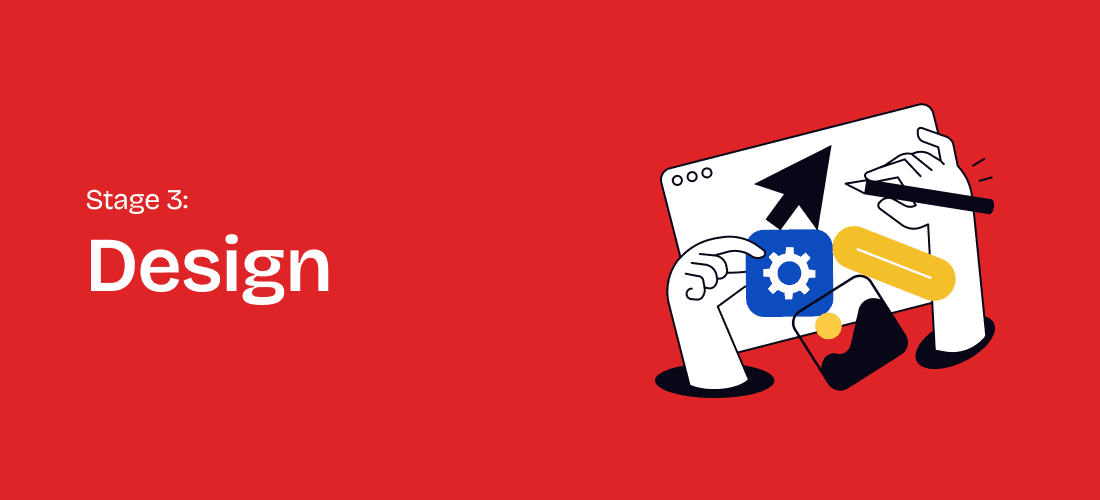
The design stage is where the product concept begins to take shape. This stage involves creating detailed designs and specifications that guide the development of the product. The focus is on translating the concept into a tangible form that meets user needs, aesthetic standards, and functional requirements.
Key Activities:
- Industrial Design: Industrial design focuses on the physical aspects of the product, including its shape, size, materials, and ergonomics. Designers create sketches, 3D models, and renderings to visualize the product’s form and aesthetics.
- User Experience (UX) Design: UX design involves creating a user-centered design that ensures the product is easy to use, intuitive, and provides a positive user experience. This includes designing the user interface, navigation, and interaction flow.
- Engineering Design: Engineering design involves creating detailed technical drawings and specifications that outline the product’s components, assembly processes, and manufacturing requirements. This stage also includes selecting materials, ensuring compliance with industry standards, and optimizing the design for manufacturability.
- Design Validation: Once the design is complete, it must be validated through simulations, testing, and reviews to ensure it meets all functional, aesthetic, and technical requirements.
Best Practices:
- Adopt a User-Centered Approach: Ensure the design process is focused on the end-user’s needs, preferences, and pain points. Conduct usability testing and gather feedback to refine the design.
- Collaborate Across Disciplines: Encourage collaboration between designers, engineers, and product managers to ensure the design is visually appealing and technically feasible.
- Iterate and Refine: Design is an iterative process. Be prepared to make adjustments and improvements based on feedback, testing, and changing requirements.
Stage 4: Prototyping
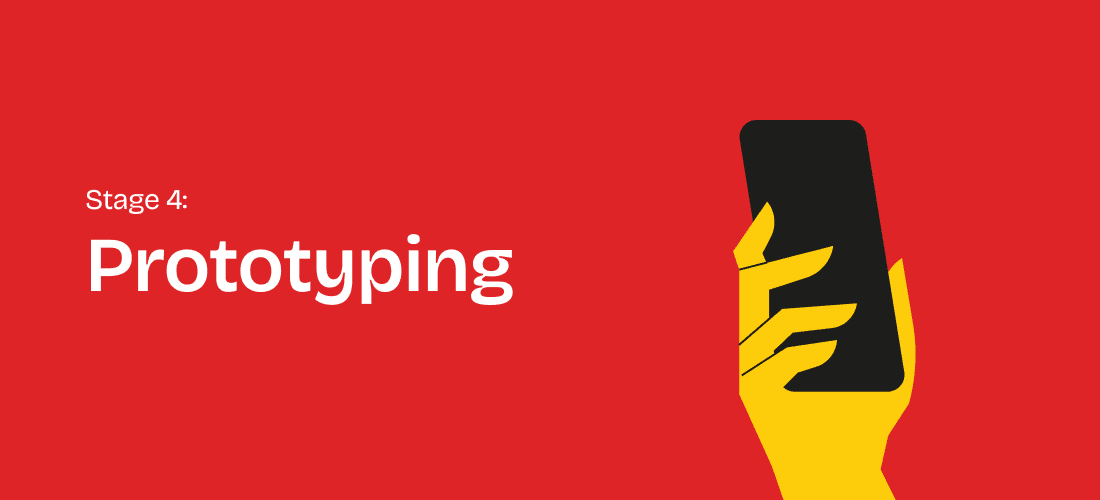
Prototyping is a critical stage in the product design and development process, where a functional model or prototype of the product is created. This allows the team to test the product’s functionality, usability, and performance before moving on to full-scale production.
Key Activities:
- Prototype Development: Develop prototypes representing the final product form, function, and materials. Prototypes can range from simple mockups to fully functional models, depending on the stage of development and the goals of testing.
- User Testing: Conduct user testing with real users to gather feedback on the prototype’s usability, functionality, and overall experience. This feedback is invaluable for identifying areas for improvement and refining the design.
- Performance Testing: Test the prototype’s performance under various conditions to ensure it meets the required standards for durability, reliability, and safety. This may involve stress testing, environmental testing, and other forms of technical validation.
- Iterative Refinement: Based on the results of testing, make necessary adjustments to the design and prototype. This iterative process continues until the prototype meets all requirements and is ready for production.
Best Practices:
- Start with Low-Fidelity Prototypes: Begin the prototyping process with low-fidelity prototypes, such as sketches or basic models, to quickly test and validate concepts. Gradually move to high-fidelity prototypes as the design is refined.
- Involve Users in Testing: Engage end-users in the testing process to gather authentic feedback and ensure the product meets their needs and expectations.
- Document Learnings: Keep detailed records of the testing process, including feedback, test results, and changes made. This documentation is valuable for future reference and continuous improvement.
Stage 5: Development
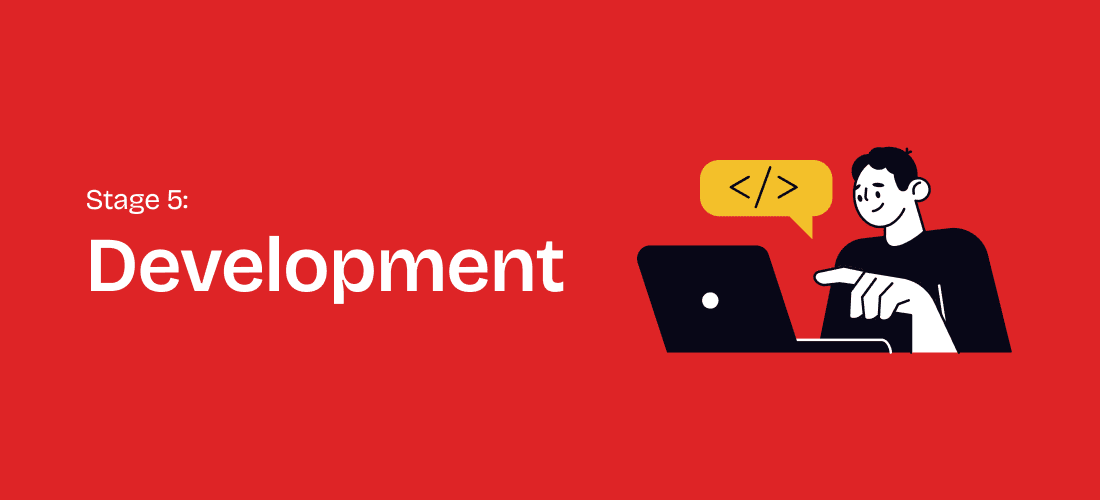
The development stage is where the product is transformed from a prototype into a final, market-ready product. This stage involves full-scale production, quality control, and preparing the product for launch.
Key Activities:
- Manufacturing Setup: Set up the manufacturing processes, including sourcing materials, designing production lines, and establishing relationships with suppliers and manufacturers. Ensure that all equipment and facilities are ready for production.
- Production Planning: Develop a production plan that outlines the steps, timelines, and resources required to produce the product at scale. This includes managing supply chains, inventory, and logistics.
- Quality Control: Implement quality control processes to ensure that the product meets all specifications and standards. This includes inspecting raw materials, monitoring production, and conducting final inspections before the product is shipped.
- Packaging and Labeling: Design and produce packaging that protects the product during shipping and aligns with branding and marketing strategies. Ensure that labeling complies with regulatory requirements and includes necessary information for consumers.
Best Practices:
- Prioritize Quality Assurance: Quality control is critical at this stage. Implement rigorous quality assurance processes to ensure that every product meets the highest standards of quality and safety.
- Optimize Production Efficiency: Continuously seek ways to optimize production processes, reduce waste, and improve efficiency. This can lead to cost savings and faster time-to-market.
- Prepare for Scaling: Plan for potential scaling needs by establishing flexible production processes that can be ramped up or down based on demand.
Stage 6: Launch

The final stage of product development is the launch, where the product is introduced to the market. A successful launch requires careful planning, coordination, and execution across multiple teams, including marketing, sales, and customer support.
Key Activities:
- Marketing and Promotion: Develop a marketing strategy to promote the product, generate buzz, and attract customers. This may include digital marketing campaigns, social media promotion, public relations efforts, and influencer partnerships.
- Sales Strategy: Establish a sales strategy that outlines how the product will be sold, distributed, and priced. This includes setting up distribution channels, training sales teams, and developing sales collateral.
- Customer Support: Ensure that customer support is prepared to handle inquiries, issues, and feedback related to the new product. This includes setting up help desks, FAQs, and customer service protocols.
- Post-Launch Monitoring: Monitor the product’s performance after launch, including sales, customer feedback, and market reception. Use this data to make any necessary adjustments and plan for future iterations or updates.
Best Practices:
- Coordinate Across Teams: A successful product launch requires seamless coordination between marketing, sales, customer support, and other teams. Establish clear communication channels and roles to ensure everyone is aligned.
- Engage Early Adopters: Target early adopters and influencers who can help generate buzz and build momentum for the product. Their feedback can also provide valuable insights for future improvements.
- Monitor and Adapt: Stay agile and be prepared to adapt your strategies based on real-time data and feedback. Continuously monitor key metrics and adjust your approach as needed to maximize the product’s success.
Conclusion
Product design and development is a complex and multifaceted process that requires careful planning, collaboration, and execution. By understanding and following the six stages of product development—Ideation, Research and Planning, Design, Prototyping, Development, and Launch—businesses can increase their chances of bringing successful products to market.
Effective product design and development is at the heart of this process, ensuring that the final product meets market needs, aligns with the company’s brand and values, and delivers a positive user experience. By following best practices at each stage, businesses can navigate the challenges of product development, optimize resources, and achieve their business goals.



